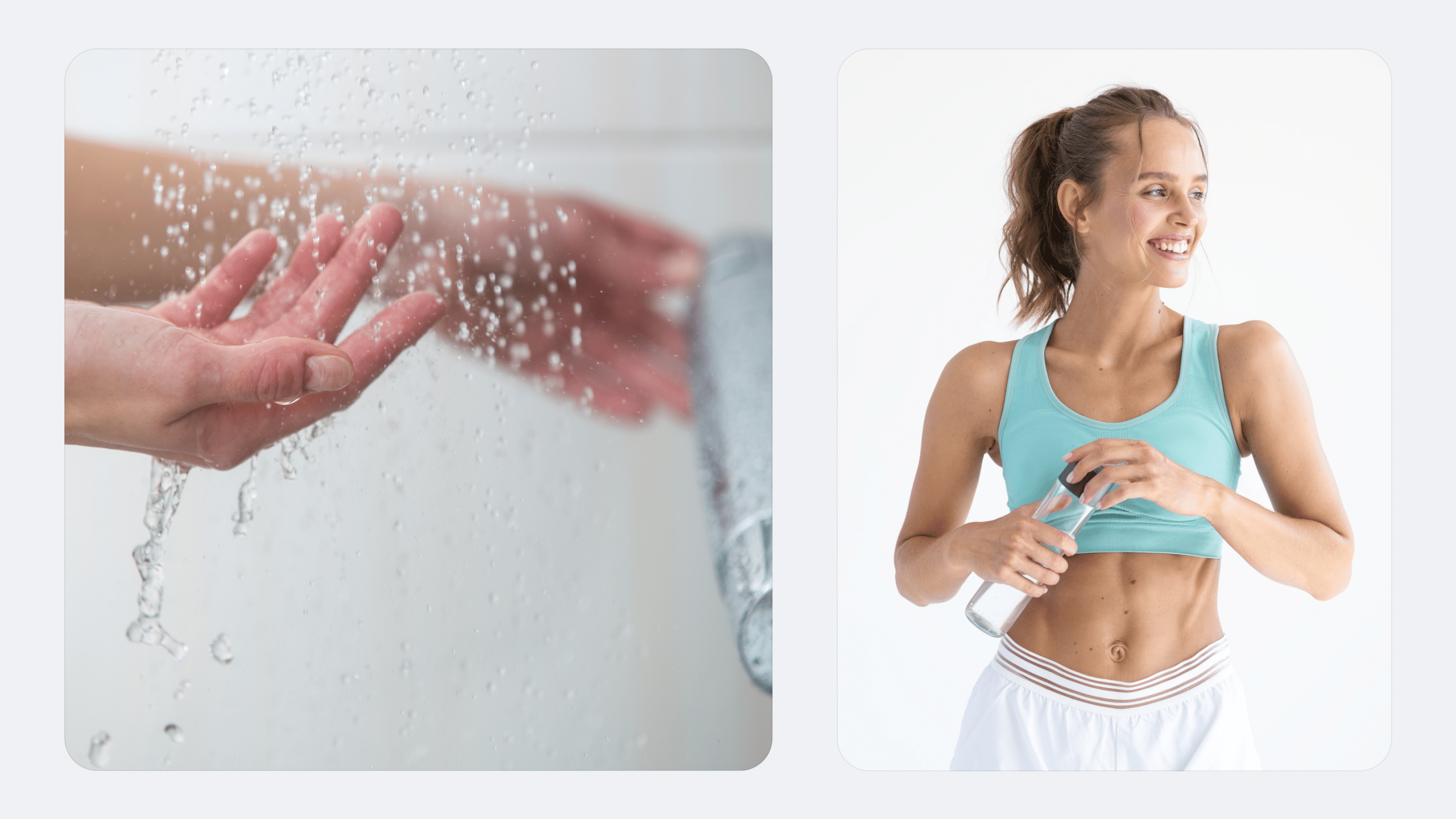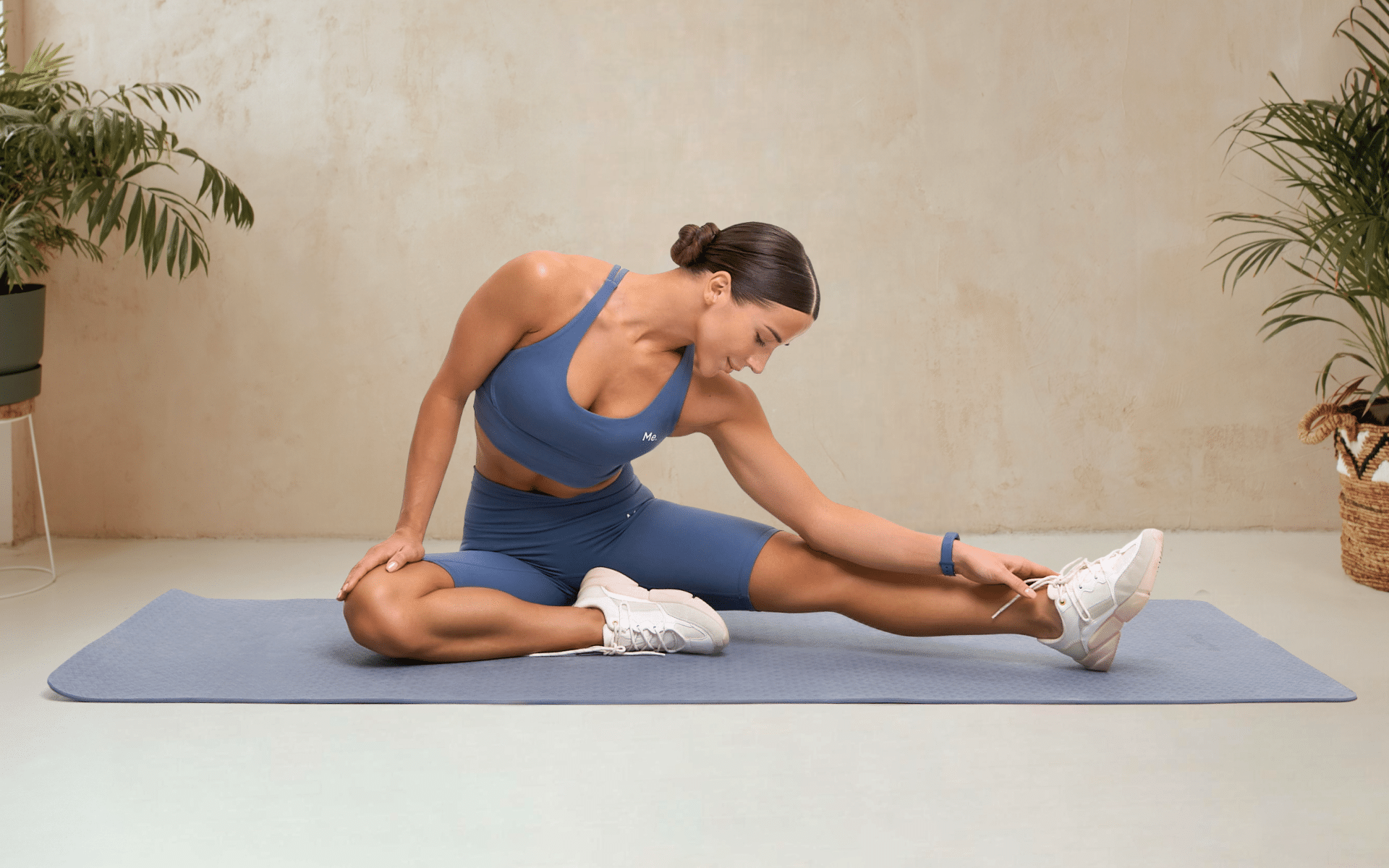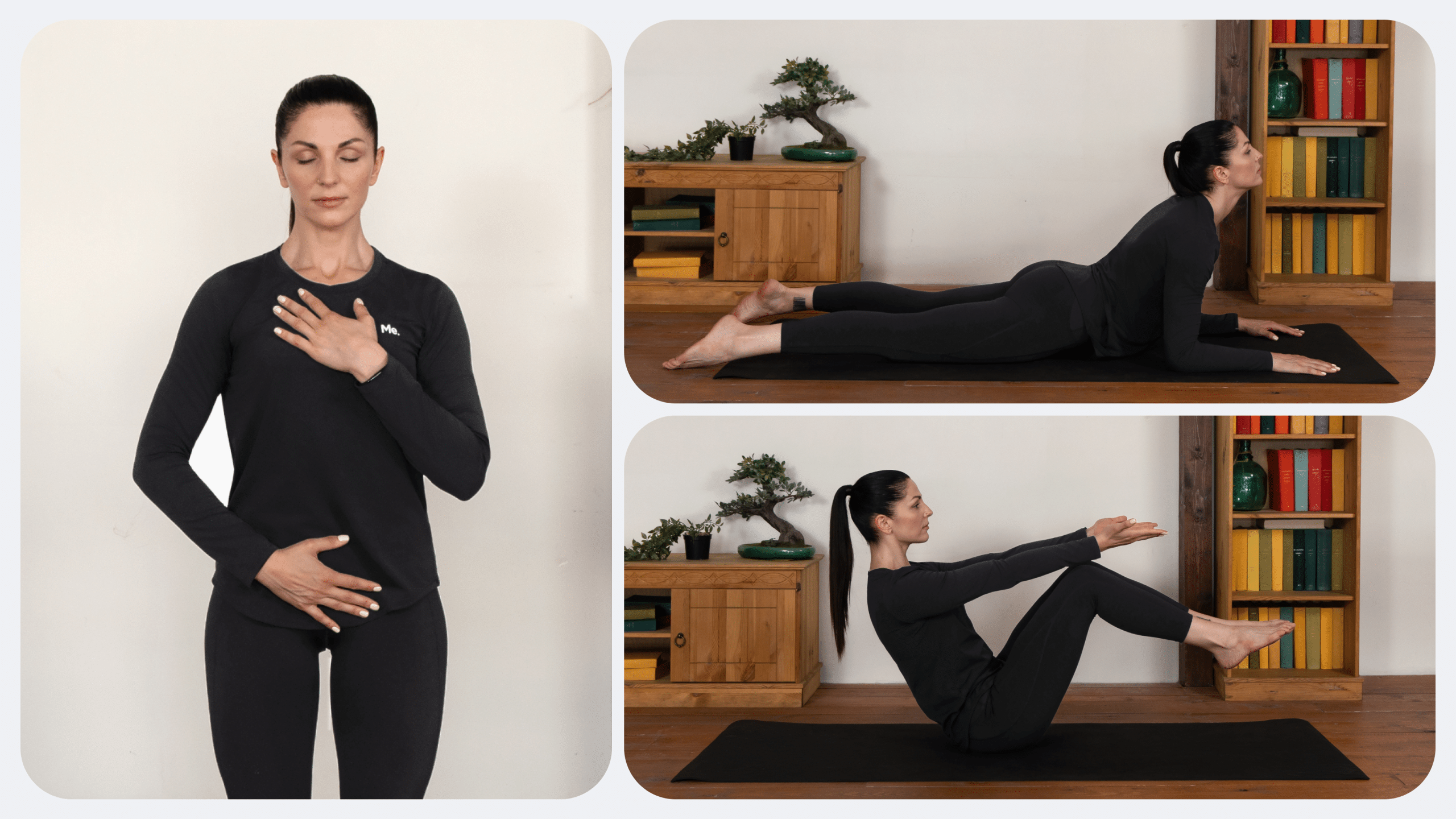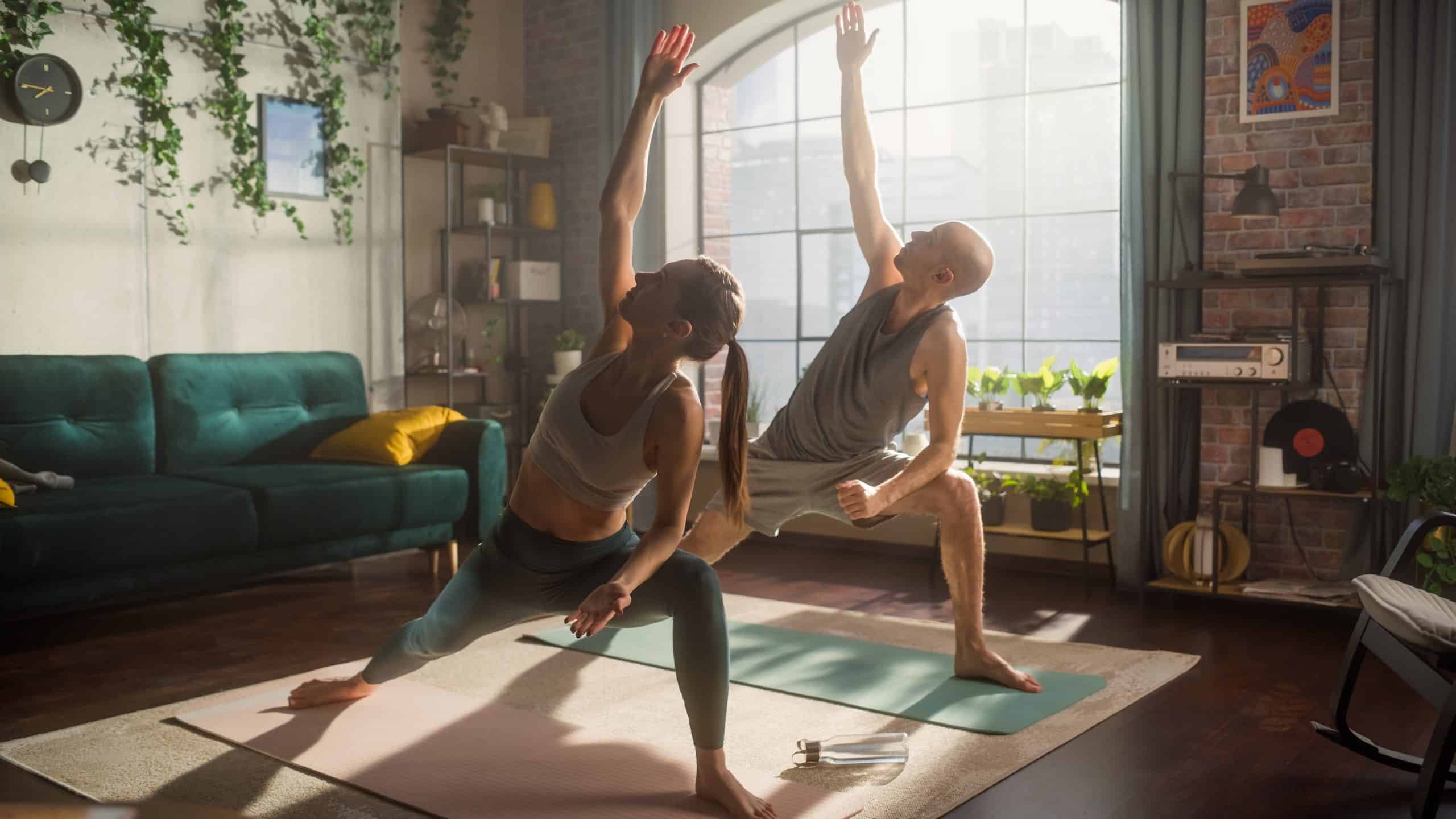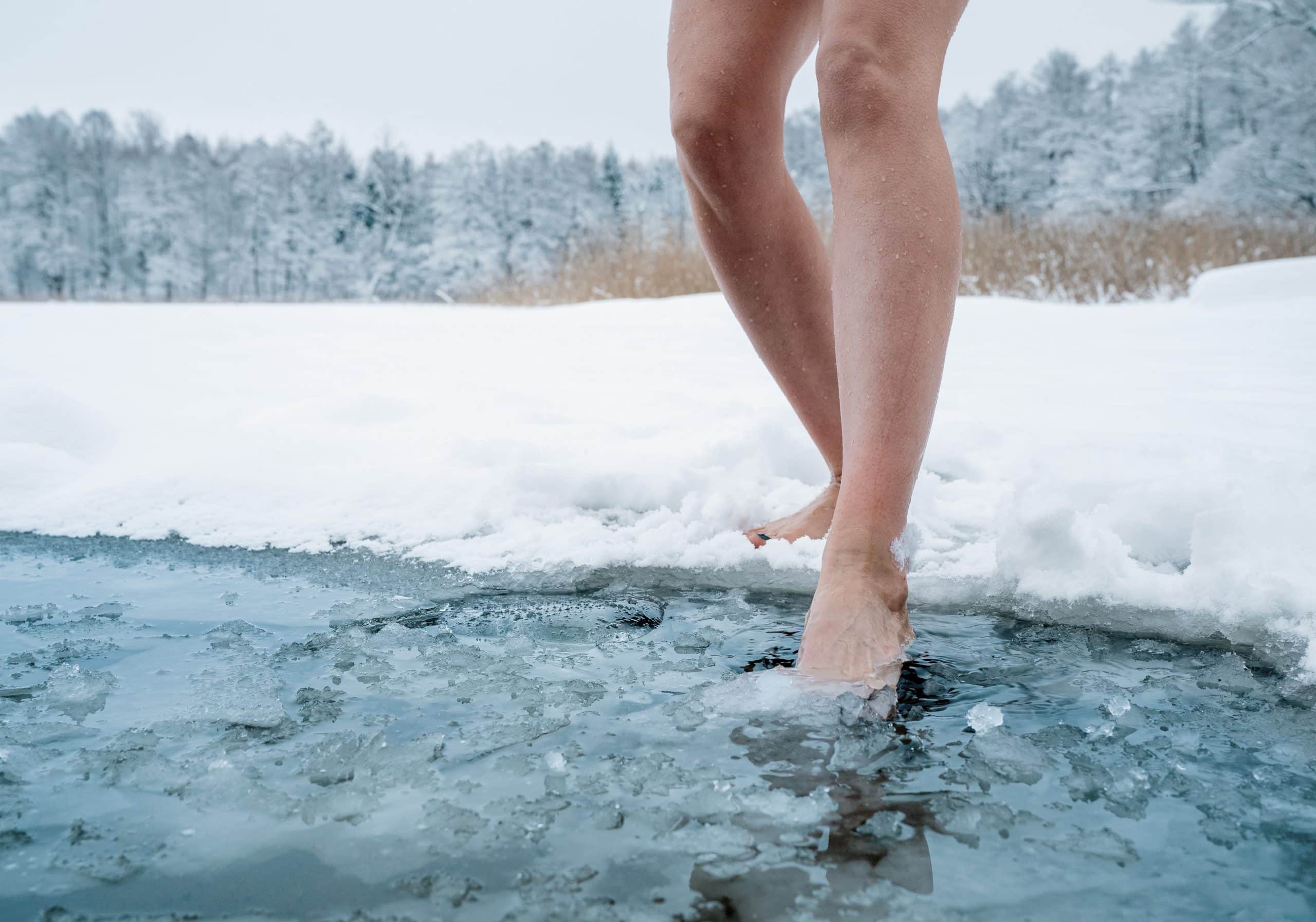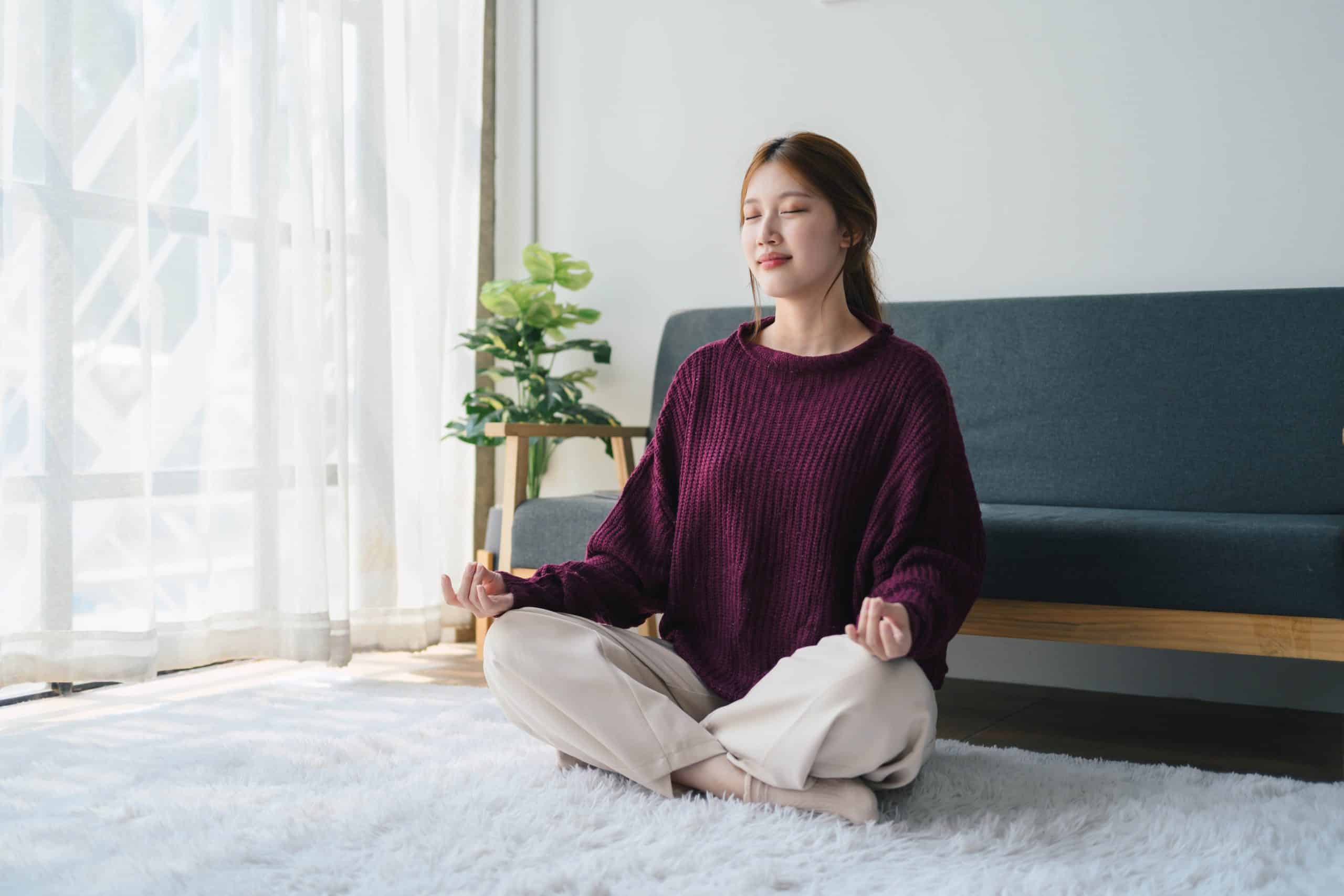Hydrotherapy, which is also known as the water cure, is quickly gaining popularity. It’s a branch of alternative medicine that involves the use of water to treat a disease, relieve pain, or maintain health. One of the most common forms of hydrotherapy is hot cold shower therapy.
Hot-cold shower therapy is claimed to have many benefits for health, including boosting immunity and circulation. It is also claimed to support the body’s detoxification system.
This article takes a look at the science-backed benefits of hot-cold shower therapy, technique, and possible risks.
What Is Hot-Cold Shower Therapy?
The use of hydrotherapy in the management of pain and maintenance of health dates back to ancient Greece. It has since been used in cultures across Ancient Rome, Japan, and China. Currently, different forms of hydrotherapy including contrast showers are used worldwide.
Common types of hydrotherapy include aquatic exercises, aquatic physical therapy, saunas, sitz baths, warm water baths, and ice water baths (17).
Hydrotherapy has been used in infants for treating limitation of motion and muscle tone abnormalities that affect the quantity and quality of spontaneous movement. In pregnant women, hydrotherapy is used to increase uterine contraction efficiency and reduce anxiety (7).
Hot-cold shower therapy involves an alternating immersion into hot and cold water. It is also referred to as contrast hydrotherapy. A contrast shower takes anywhere between 5 and 20 minutes.
This practice is common among athletes who use contrast shower benefits to treat muscle damage and sore muscles and to speed up recovery. Sometimes, people use it for a specific body part, for example immersing a swollen limb in hot water then cold water.
Contrast showers cause changes in your circulatory system when you go from very warm to very cold water. The application of hot and cold water causes intermittent vasodilation and vasoconstriction (2).
Vasodilation, on the other hand, occurs when you immerse part of or your whole body in hot water. Vasodilation is the widening of blood vessels due to the relaxation of their muscular walls (11).
Vasoconstriction refers to the narrowing of blood vessels as a result of the contraction of the muscular walls of the blood vessels (18). When you immerse your body in cold water, the blood vessels respond by vasoconstricting.
This intermittent vasodilation and vasoconstriction induces a vascular pumping effect that causes increased blood flow and tissue oxygenation. This improves tissue healing, reduces edema, promotes recovery, and improves tissue function (2).
If you’ve mustered up the courage to crush your weight loss goal, let Betterme take the sting out of this demanding process. Our app will help you restructure your habits, remold your life and crank up your fitness results!
Contrast hydrotherapy is a form of passive therapy. Although research has indicated that active therapies are more effective at pain management than passive ones, hot bath cold shower therapy has shown numerous benefits (12).
It’s important to note that cold water baths and hot water baths also have benefits. You can choose either depending on the desired effect. Both these methods help reduce fatigue and muscle soreness.
An ice bath involves an immersion into ice water or a bath of ice. In ice baths, the temperature of the water is much lower than in cold water baths. Ice bath benefits include boosting circulation and immune system support and a reduction in stress, anxiety, and fatigue (9).
Cold shower benefits include (15):
- Decreased inflammation and swelling
- Tightened the skin
- Accelerated metabolism
- Improved circulation
- Stimulated immune system
On the other hand, taking a hot shower helps (10):
- Reduce fatigue and relax muscles
- Reduce headaches
- Improve sleep
- Relieve nasal congestion
- Improve brain health
- Open pores and cleanse the skin
Benefits of Contrast Hydrotherapy
So, what does science say about hot-cold shower benefits? Below are the health benefits of taking a contrast shower:
Boosts Circulation
Being exposed to cold water makes blood vessels on your skin’s surface constrict. This actively diverts blood flow away from the surface of your skin.
A 2019 study found that showering with cold water after a workout can improve general hydration by cooling your body (14).
When blood travels away from your skin, the vessels in tissues deeper in your body dilate. The result is improved circulation in the tissues.
Boosts Your Immune System
The immune system protects your body from harmful substances such as pathogens and any cell changes that could make you ill.
Contrast showers may help boost your immune system. Studies have shown that both warm and cold water therapies may help boost your immune system through various mechanisms.
Cold-water treatment helps increase the number and activity of peripheral cytotoxic T-lymphocytes and NK cells, which are the major effectors of adaptive and innate tumor immunity, respectively (13).
Warm water treatment helps cure bacterial cold-water disease and immunizes against the causative agent Flavobacterium psychrophilum (13).
Read more: What Somatic Sexual Therapy Really Is?
Reduces Fatigue
Some athletes have indicated that contrast hydrotherapy helps alleviate post-game exhaustion.
A meta-analysis was performed in 2017 to explore the effects of contrasting hydrotherapy fatigue recovery. It was discovered that the technique was instrumental in helping team sports players recover from fatigue. This was 24-48 hours after the game (6).
Cold water immersion did not have the same effect.
Reduces Muscle Soreness
It’s not unusual for intense workout sessions to damage your muscle fibers. In fact, it has to happen for your muscles to grow. However, the only downside is that the process can lead to muscle soreness.
Delayed onset muscle soreness (DOMS) is a phenomenon where you feel sore a day or so after your workout. Studies have indicated that contrast hydrotherapy reduces muscle soreness and weakness better than passive resting alone (5).
In the study, researchers discovered that (5):
- The best results occurred when the hot water temperature was regulated below 104 degrees F (40 degrees C).
- Popular therapies such as cold water immersion were just as effective for relieving these symptoms as contrast hydrotherapy.
Decreases Swelling
Swelling is a natural response to injury. When you get injured, the vascular inflammatory process starts. Blood flow and the transport of white blood cells to the area increase, causing swelling (8).
Some research has shown that contrast showers decrease swelling. One randomized clinical trial found that contrast showers help reduce swelling in individuals with ankle sprains approximately 3 days after injury (3).
Gets Rid of Excess Lactic Acid
Lactic acid is a byproduct of anaerobic respiration. During exercise, the concentration of lactic acid in the blood increases. The accumulation of lactic acid can cause fatigue and soreness.
Studies have shown that contrast hydrotherapy can help remove excess lactic acid in your body. This helps with the recovery from the fatigue and soreness that follows any virus exercise such as cardio or weight lifting (4) (16).
Other ways you can ease symptoms of lactic acid buildup include resting, drinking lots of water, increasing your magnesium intake, and eating rich foods that are rich in vitamin B.
Can Be Helpful for People with Arthritis
Hydrotherapy has also been shown to help reduce pain in individuals with rheumatoid arthritis (1). Rheumatoid arthritis is an inflammatory disease where the body attacks its own tissue, especially the joints.
A 2017 study compared the effect of hydrotherapy and land exercises on individuals with rheumatoid arthritis. 115 patients were randomized to receive hydrotherapy or land exercises for 30 minutes a week for 6 weeks.
The study found that individuals who received hydrotherapy reported feeling much better than those who were treated with land exercises (1). If you suffer from rheumatoid arthritis, you can check with your doctor to see if hydrotherapy is an option you can explore.
Are There Any Risks?
Now that you’re familiar with the benefits of contrast hydrotherapy, you’re probably wondering if there are any downsides. The greatest risk is that you may cause damage to your skin. If the water is too hot, you can get a burn injury or heat stroke.
If your body temperature drops below 32.2 degrees Celcius, you may experience:
- Arrhythmia
- A drop in blood pressure
- Decreased level of consciousness
- Decreased breathing rate
Hot-cold shower therapy isn’t for everyone. If you have any skin condition such as eczema or psoriasis, be careful before you try such a treatment method. You should also avoid it if you have any of the following:
- Open or untreated wounds
- Hypertension
- A heart condition
- Diabetes
- Deep vein thrombosis (DVT)
- Hydrophobia
A hot-cold shower is generally safe and can provide health benefits as long as you avoid extremely hot or cold temperatures. Before you try any form of alternative medicine such as hydrotherapy, always discuss it with your doctor.
Reasons why BetterMe is a safe bet: a wide range of calorie-blasting workouts, finger-licking recipes, 24/7 support, challenges that’ll keep you on your best game, and that just scratches the surface! Start using our app and watch the magic happen.
How to Take Hot-Cold Shower Therapy
Individuals who do contrast therapy always do so under the guidance and supervision of a physical therapist or athletic trainer. However, you can do it at home if your doctor has given you their approval to try this method.
During physical therapy or a clinic session, you’ll immerse your body in tubs of water that contain very warm and cold water. It could also involve immersing only the injured limb or part of your body in the different tubs.
If you’re doing a hot-cold shower therapy session at home, you’ll require:
- A thermometer
- Towels
- Two tubs or containers that are big enough to immerse your whole body or the affected area
The cold water should be 50-59°F (10-15°C) which is below room temperature, and the hot water should be 95-113°F (35-45°C). Use your thermometer to test the temperatures so the water isn’t too cold and to avoid any burn injuries.
The best temperature to use may vary and you can always ask your doctor or physical therapist what’s best.
After your water tubs are ready, do the following:
- Submerge your whole body or the injured area in the warm water tub for 1 to 3 minutes
- Immerse yourself immediately in the cold water for one minute
- Repeat this for approximately 20 minutes – your last immersion should be in cold water
Can You Do Hot and Cold Therapy in the Shower?
Yes, you can. Contrast therapy involves alternating between warm and cold water. This is often done through immersion where you submerge your body into a tub container that contains heated or cold water.
However, you can do this therapy in the shower by switching from the hot shower setting to the cold shower setting. The only downside is that you may not be able to check the temperature of the water during the shower.
Read more: 6 Cold Water Therapy Benefits Worth Noting
FAQs
Is it good to go from a hot to a cold shower?
Going from a hot to cold shower can offer a variety of health benefits. This is known as contrast hydrotherapy and has been used for centuries in various cultures all over the world. The process involves alternating between hot and cold water while showering, with the recommended sequence being three minutes of hot followed by one minute of cold, repeated three times.
Benefits of Contrast Hydrotherapy
- Improved circulation: Alternating between hot and cold water causes the blood vessels to expand and contract, which helps improve circulation. This can be beneficial for individuals with poor blood circulation or who suffer from conditions such as varicose veins (18).
- Increased energy: The sudden change in temperature stimulates the body’s sympathetic nervous system, which releases adrenaline and increases energy levels. This can help combat fatigue and improve overall vitality (18).
- Boosted immune system: The body’s response to the temperature changes during contrast hydrotherapy also activates the immune system, which helps it function more efficiently. This can be particularly beneficial for those who are prone to getting sick or have a weakened immune system (19).
- Reduced inflammation and pain: Alternating between hot and cold water therapy can help reduce inflammation in the body, which can be helpful for individuals with conditions such as arthritis or muscle soreness (9). It can also provide relief for chronic pain by stimulating the release of endorphins, the body’s natural painkillers.
- Improved skin health: Hot water can strip the skin of its natural oils, while cold water helps tighten pores and improve blood flow. Alternating between hot and cold water can help balance these effects, resulting in healthier, more radiant skin (18).
- Mood enhancement: The release of endorphins during contrast hydrotherapy helps with pain relief, produces a sense of well-being, and can even act as a natural antidepressant. It can also provide a quick pick-me-up for those who are feeling sluggish or down (18).
Precautions when Trying Contrast Hydrotherapy
While there are many benefits to contrast hydrotherapy, it’s important to take precautions when trying it out:
- Consult a healthcare professional: If you have any pre-existing health conditions, it’s important to consult a healthcare professional before you try contrast hydrotherapy. They can advise whether it’s safe for you and if there are any specific precautions you should take.
- Avoid overdoing it: It’s recommended to start slowly with contrast hydrotherapy and gradually increase the intensity. Overdoing it or staying in extreme temperatures for too long can cause adverse effects such as dizziness or hypothermia.
- Avoid during pregnancy: Pregnant women should avoid contrast hydrotherapy, as the sudden changes in temperature could potentially harm the developing fetus.
- Avoid on open wounds or infections: It’s not recommended to use contrast hydrotherapy on open wounds or infections, as the cold temperature can slow down the healing process and potentially introduce bacteria.
- Listen to your body: As with any new therapy, it’s important to listen to your body and not push yourself too hard. If you experience discomfort or feel unwell during contrast hydrotherapy, stop immediately and consult a healthcare professional.
How long should a contrast shower be?
The total duration of a contrast shower can range from 10 to 20 minutes, depending on the number of cycles you choose. It’s recommended to start with three cycles of three minutes hot and one minute cold, gradually increasing the amount if desired.
However, it’s important to listen to your body and not push yourself too hard – if you feel uncomfortable or unwell at any point, stop immediately.
What happens after 30 days of cold showers?
Cold showers can have a variety of benefits for the body and mind:
Pain Relief and Muscle Recovery: Cold showers can help alleviate pain and reduce muscle soreness. The cold water constricts blood vessels, which can decrease inflammation and numb localized pain.
We’ve discussed this in detail in our Cold Shower After Workout article.
Mood Enhancement: Exposure to cold water can trigger the release of endorphins, which are chemicals in the brain that promote feelings of well-being and reduce stress. This can result in an improved mood and decreased symptoms of depression (19).
Boosted Metabolism: Cold showers can stimulate brown fat activity, which is responsible for burning calories to generate heat. This can potentially enhance metabolism and help with weight management (21).
We’ve discussed how cold water can help you on your weight loss journey in our Do Cold Showers Burn Fat blog.
Improved Circulation: Alternating between warm and cold water can improve blood flow. Cold water causes blood to move toward the vital organs, while warm water causes it to rush back toward the skin. This can lead to better overall circulation (21).
Enhanced Immune Function: Regular cold water exposure may boost the immune system by increasing white blood cell counts and improving lymphatic circulation, which helps the body fend off illnesses (21).
Stress Management: Cold showers can help the body adapt to stress by reducing levels of cortisol, the hormone that is associated with stress. This adaptation can make it easier to handle everyday stressors (21).
Do hot showers help with lymphatic drainage?
The lymphatic system is important for removing waste and toxins from the body’s tissues, and promoting its function can be beneficial for overall health.
Hot showers alone may not be sufficient for comprehensive lymphatic drainage, but they can play a supportive role when combined with other methods such as lymphatic massage, gentle exercise, and proper hydration.
Improved Circulation
Hot showers increase blood flow, which can help circulate lymph fluid more effectively through the body (22). Enhanced circulation helps deliver nutrients to cells and remove waste products.
Muscle Relaxation
Heat from hot showers can relax the muscles (23), which may alleviate tension and promote better lymph movement. Relaxed muscles don’t constrict lymph vessels, which allows for smoother fluid movement.
Detoxification
The increased temperature induces sweating, which helps detoxify the body by expelling impurities through the skin (24). This process indirectly supports the lymphatic system by reducing the burden of toxins it needs to handle.
Hydrotherapy
Alternating between hot and cold water using contrast hydrotherapy can be particularly effective. The contraction (from cold) and dilation (from hot) of lymph vessels help pump lymph fluid throughout the body.
Scientific studies have shown that hydrotherapy, including hot and cold treatments, has various benefits on the body systems, including the lymphatic system (19). By increasing the internal temperature, heat promotes sweat production, which helps with detoxification and enhances lymphatic function.
The Bottom Line
Research has suggested that contrast hydrotherapy has several health benefits. Taking contrast showers helps boost the immune system and reduce fatigue, swelling, muscle soreness, and the build-up of excess lactic acid.
You can try contrast hydrotherapy at home with the consent of your doctor or under the supervision of a physical therapist or trainer. Remember to be cautious with the temperatures of the water to avoid injuries.
DISCLAIMER:
This article is intended for general informational purposes only and does not serve to address individual circumstances. It is not a substitute for professional advice or help and should not be relied on for making any kind of decision-making. Any action taken as a direct or indirect result of the information in this article is entirely at your own risk and is your sole responsibility.
BetterMe, its content staff, and its medical advisors accept no responsibility for inaccuracies, errors, misstatements, inconsistencies, or omissions and specifically disclaim any liability, loss or risk, personal, professional or otherwise, which may be incurred as a consequence, directly or indirectly, of the use and/or application of any content.
You should always seek the advice of your physician or other qualified health provider with any questions you may have regarding a medical condition or your specific situation. Never disregard professional medical advice or delay seeking it because of BetterMe content. If you suspect or think you may have a medical emergency, call your doctor.
SOURCES
- A pragmatic randomised controlled trial of hydrotherapy and land exercises on overall well being and quality of life in rheumatoid arthritis (2007, biomedcentral.com)
- Contrast Baths, Intramuscular Hemodynamics, and Oxygenation as Monitored by Near-Infrared Spectroscopy (2018, ncbi.nlm.nih.gov)
- Contrast Therapy and Heat Therapy in Subacute Stage of Grade I and II Lateral Ankle Sprains (2016, pubmed.ncbi.nlm.nih.gov)
- Contrast water immersion hastens plasma lactate decrease after intense anaerobic exercise (2007, pubmed.ncbi.nlm.nih.gov)
- Contrast Water Therapy and Exercise Induced Muscle Damage: A Systematic Review and Meta-Analysis (2013, journals.plos.org)
- Effects of Cold Water Immersion and Contrast Water Therapy for Recovery From Team Sport: A Systematic Review and Meta-analysis (2017, journals.lww.com) n
- Hydrotherapy – An Overview (n.d, sciencedirect.com)
- Inflammatory responses and inflammation-associated diseases in organs (2018, ncbi.nlm.nih.gov)
- Is the ice bath finally melting? Cold water immersion is no greater than active recovery upon local and systemic inflammatory cellular stress in humans (2017, ncbi.nlm.nih.gov)
- Physical and Mental Effects of Bathing: A Randomized Intervention Study (2018, hindawi.com)
- Physiology, Vasodilation (2021, ncbi.nlm.nih.gov)
- Role of Active Versus Passive Complementary and Integrative Health Approaches in Pain Management (2018, ncbi.nlm.nih.gov)
- Scientific Evidence-Based Effects of Hydrotherapy on Various Systems of the Body (2014, ncbi.nlm.nih.gov)
- Stabilizing Bioimpedance-Vector-Analysis Measures With a 10-Minute Cold Shower After Running Exercise to Enable Assessment of Body Hydration (2019, journals.humankinetics.com)
- The Effect of Cold Showering on Health and Work: A Randomized Controlled Trial (2016, journals.plos.org)
- The effect of contrast temperature water therapy on repeated sprint performance (2007, pubmed.ncbi.nlm.nih.gov)
- Types and Health Benefits of Hydrotherapy (2021, health.clevelandclinic.org)
- Vasoconstriction: MedlinePlus Medical Encyclopedia (n.d., medlineplus.gov)
- Scientific Evidence-Based Effects of Hydrotherapy on Various Systems of the Body (2014,nih.gov)
- Hydrotherapy Contrast Shower (2016,nuhs.edu)
- Health effects of voluntary exposure to cold water – a continuing subject of debate (2022,nih.gov)
- The effect of mechanical lymph drainage accompanied with heat on lymphedema (2011,nih.gov)
- Effect of hot water immersion on acute physiological responses following resistance exercise (2023,nih.gov)
- Excretion of Ni, Pb, Cu, As, and Hg in Sweat under Two Sweating Conditions (2022,nih.gov)
